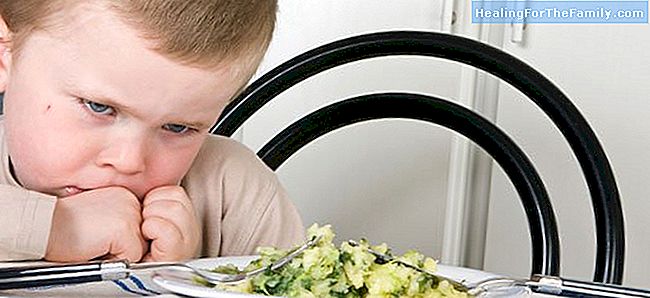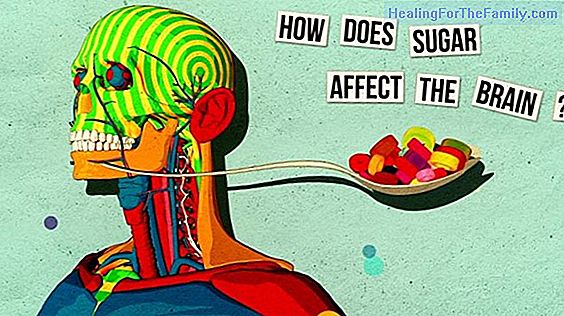The feeding problems of children with autism
Children with autism usually show difficulty with feeding , because they are usually children are very selective. It is within his personality. These children are very sensitive to the auditory and olfactory levels, which also affects the sense of taste. This can cause problems of a food nature. Fee
Children with autism usually show difficulty with feeding, because they are usually children are very selective. It is within his personality. These children are very sensitive to the auditory and olfactory levels, which also affects the sense of taste. This can cause problems of a food nature.
Feeding problems in children with autism

It is estimated that 90% of children with autism have problems with feeding. In all of them there may be some of these difficulties (or several):
- Problems to tolerate solid foods: Many children with autism do not begin to tolerate solid foods until very late. In fact, there are children with autism who do not take solid food until about 8 years of age. Until then, they are fed with purees and liquid foods or textures much less dense.
- Hyperselectivity of food: Another problem for these children is the selection of some foods according to the taste or any other characteristic. In this aspect, children can show their preferences and rejection of certain foods, by their taste, by their color, by the brand of the product ...
- Hypersensitivity to stimuli:Children with autism have more sensitivity to olfactory stimuli and taste, and also temperature and textures of food. This affects them when accepting certain foods. In fact, many children with autism reject for this reason foods with strong flavor, or with strong smells. Or they reject it because of its grainy texture or 'chiclosa' or because of the color of the food.
Solutions to the feeding problems of children with autism
The issue of feeding children with autism is very important, because if these children do not chew, they do not strengthen the jaw, which also affects them at the level of speech and communication . Therefore, parents with children with autism who present feeding problems can:- Identify the foods that the child rejects and the cause.
- Do not insist on the food that the child rejects.
Try to replace them with others that have the same nutritional contribution but different texture or color. - Substitute or camouflage the characteristics of the food that the child rejects. For example, if you do not tolerate green foods, try to 'camouflage' them with another color.
- For children with autism who can not tolerate solid foods,
try to gradually increase the texture . First in the form of puree, then mix the puree with a little crushed piece ... And to avoid vomiting, do it alternately, not always.-
Stay alert to any sign of intolerance or allergy to any food, since children with autism can not express verbally what happens to them. - Have a lot of patience, since the rhythm of eating in children with autism can be very slow.
- Never force or cheat.
Avoid eating for him a moment of tension .Observation:
Many people think that celiac disease has some relation to autism. And it's not like that: there is no scientific or medical demonstration between gluten or a food allergy and autism. Although it is true that an intolerance to gluten may present some symptoms that may resemble a disorder similar to autism. Source: Autism Federation Madrid












